Okotoks Erratic
Okotoks Erratic (also known as either Big Rock or, in Blackfoot, as Okotok) is a 16,500-tonne (18,200-ton) boulder that lies on the otherwise flat, relatively featureless, surface of the Canadian Prairies in Alberta. It is part of the 930-kilometre-long (580 mi) Foothills Erratics Train of typically angular boulders of distinctive quartzite and pebbly quartzite.
This massive angular boulder, which is broken into two main pieces, measures about 41 by 18 metres (135 by 60 feet) and is 9 m (30 ft) high. It consists of thick-bedded, micaceous, feldspathic quartzite that is light grey, pink, to purplish. Besides having been extensively fractured by frost action, it is unweathered. Big Rock lies about 8 km (5 mi) west of the town of Okotoks, Alberta, Canada, 18 km (11 mi) south of Calgary in the SE. 1/4 of Sec. 21, Township 20, Range 1, West 5th Meridian.
Big Rock is a glacial erratic that is part of a 930 km (580 mi) long, narrow (1.00 to 22.05 km (0.62 ...Read more
Okotoks Erratic (also known as either Big Rock or, in Blackfoot, as Okotok) is a 16,500-tonne (18,200-ton) boulder that lies on the otherwise flat, relatively featureless, surface of the Canadian Prairies in Alberta. It is part of the 930-kilometre-long (580 mi) Foothills Erratics Train of typically angular boulders of distinctive quartzite and pebbly quartzite.
This massive angular boulder, which is broken into two main pieces, measures about 41 by 18 metres (135 by 60 feet) and is 9 m (30 ft) high. It consists of thick-bedded, micaceous, feldspathic quartzite that is light grey, pink, to purplish. Besides having been extensively fractured by frost action, it is unweathered. Big Rock lies about 8 km (5 mi) west of the town of Okotoks, Alberta, Canada, 18 km (11 mi) south of Calgary in the SE. 1/4 of Sec. 21, Township 20, Range 1, West 5th Meridian.
Big Rock is a glacial erratic that is part of a 930 km (580 mi) long, narrow (1.00 to 22.05 km (0.62 to 13.7 mi) wide), linear scatter of thousands of distinctive quartzite and pebbly quartzite glacial erratics between 30 cm (1 ft) and 41 m (135 ft) in length. This linear scatter of distinctive quartzite glacial erratics is known as the Foothills Erratics Train. The Foothills Erratics Train extends along the eastern flanks of the Rocky Mountains of Alberta and northern Montana to the International Border. The boulders and smaller gravel, which comprises the Foothills Erratics Train, consist of Lower Cambrian shallow marine quartzite and conglomeratic quartzite, which occurs only within the Gog Group and is found in the Athabasca River Valley of central western Alberta. Big Rock is the largest erratic within the Foothills Erratics Train. Lying on prairie to the east of the Rocky Mountains and like all the larger erratics. it is visible for a considerable distance across the prairie and, likely served as a prominent landmark for Indigenous people.
The people of the Blackfoot First Nation used Big Rock as a landmark for finding a crossing over the Sheep River (where Okotoks stands today) long before European settlement. The town's name, Okotoks, is derived from "o'kotok" [ˈokətok], meaning "rock" in the Blackfoot language, and may refer to the rock.[1] The rock also contains native pictographs and was considered a medicine rock to the natives. In the 1970s the government declared it a Provincial Historic Site to protect its geological and cultural importance.
James Hector, a geologist with the Palliser Expedition, first documented the rock in 1863. He misidentified the feature as a klippe.[2]
Indigenous perspectiveOne interesting feature of Big Rock is the large split down the middle. A Blackfoot story describes how this may have happened:
One hot summer day, Napi, the supernatural trickster of the Blackfoot peoples, rested on the rock because the day was warm and he was tired. He spread his robe on the rock, telling the rock to keep the robe in return for letting Napi rest there. Suddenly, the weather changed and Napi became cold as the wind whistled and the rain fell. Napi asked the rock to return his robe, but the rock refused. Napi got mad and just took the clothing. As he strolled away, he heard a loud noise and turning, he saw the rock was rolling after him. Napi ran for his life. The deer, the bison and the pronghorn were Napi's friends, and they tried to stop the rock by running in front of it. The rock rolled over them. Napi's last chance was to call on the bats for help. Fortunately, they did better than their hoofed neighbours, and by diving at the rock and colliding with it, one of them finally hit the rock just right and it broke into two pieces.
Not only does this story explain why the rock is in two pieces, but also why bats have squashed-looking faces. The tale provides helpful caution against taking back what you have given away.[3]
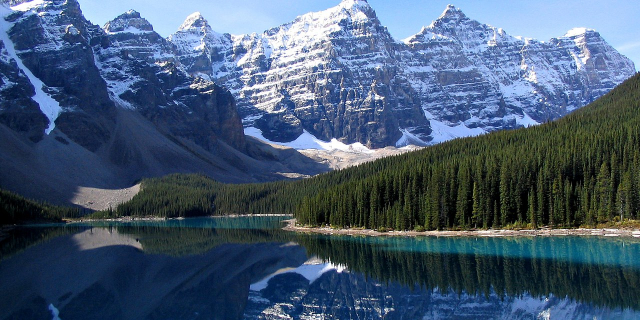

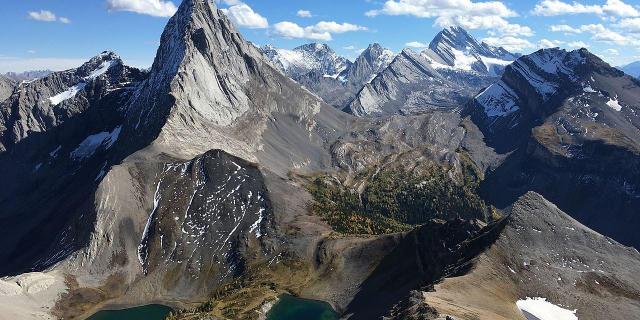



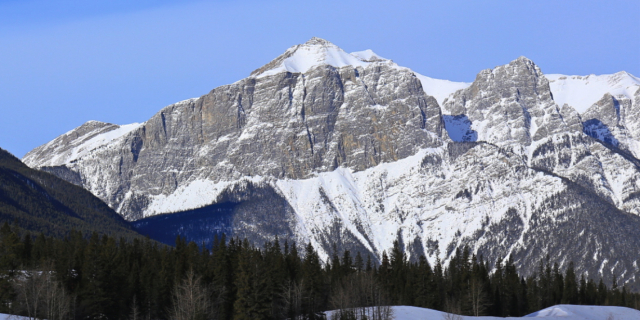


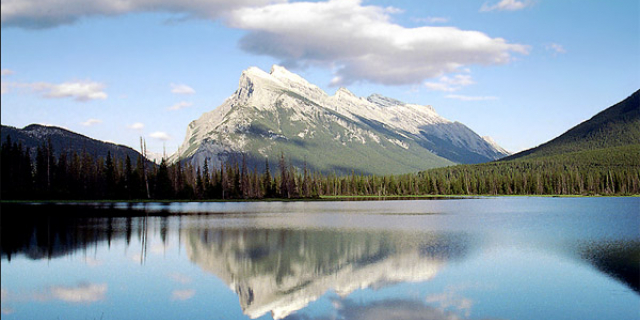
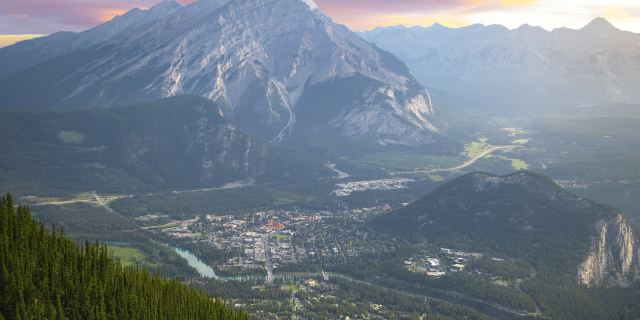
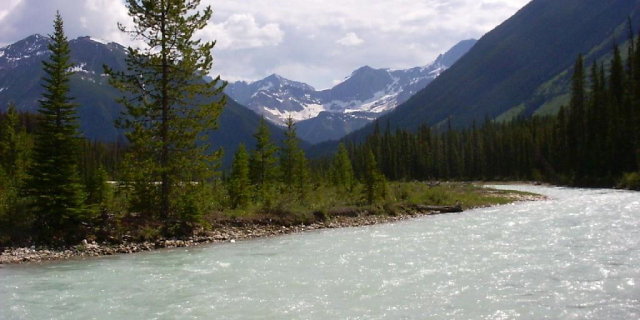
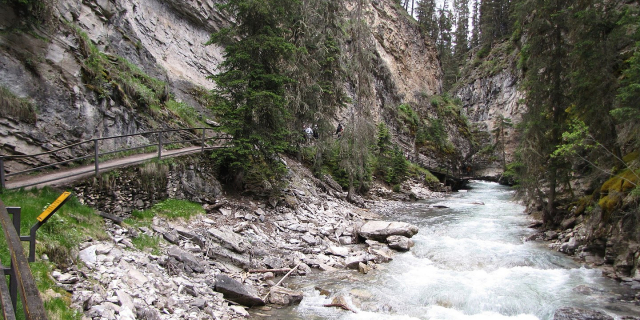
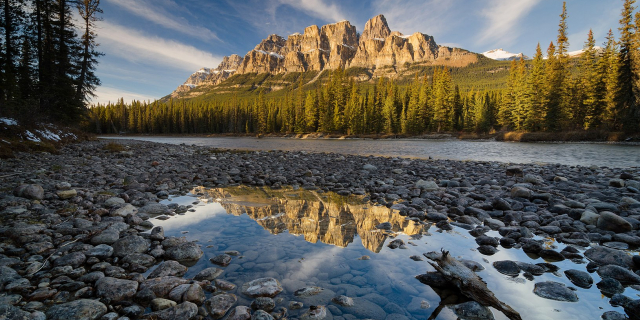
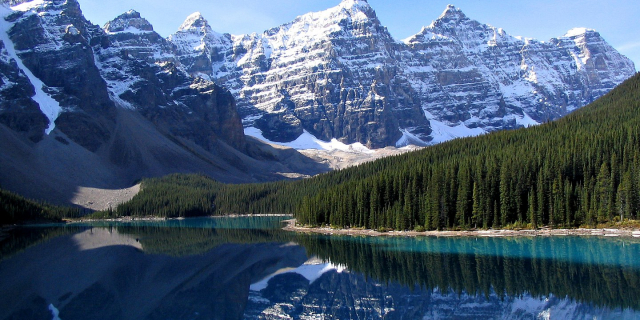

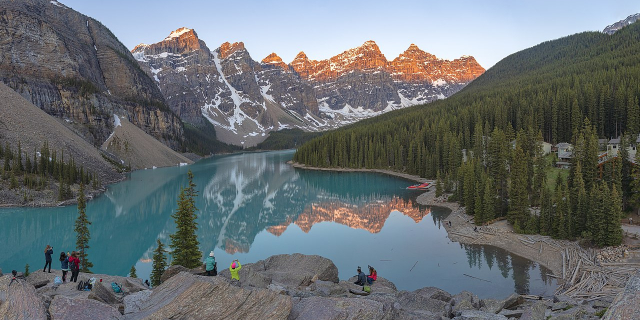

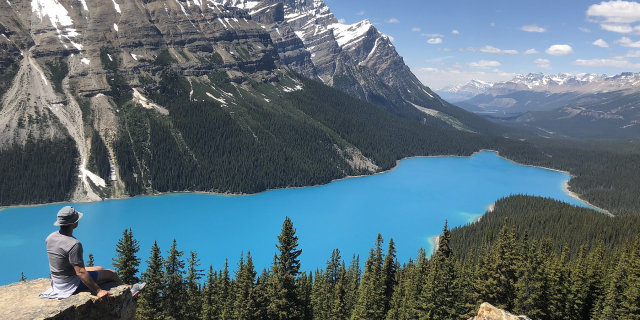

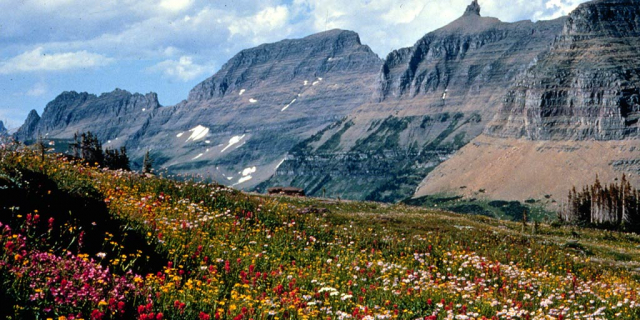

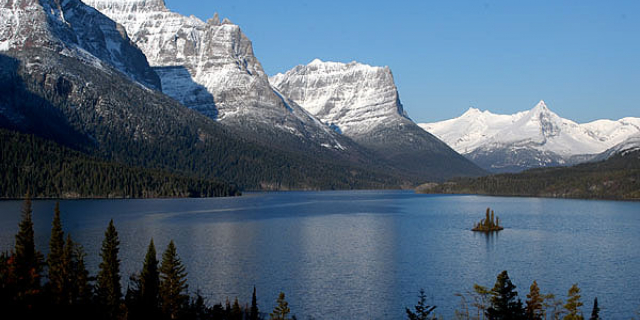
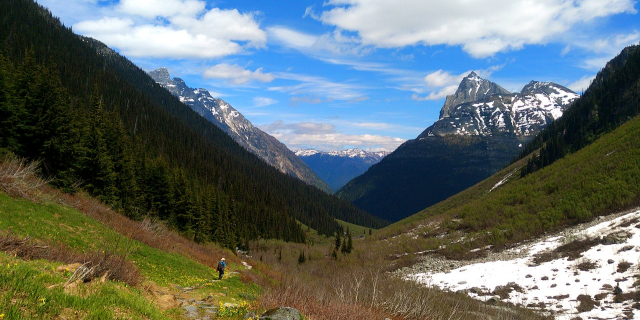



Add new comment